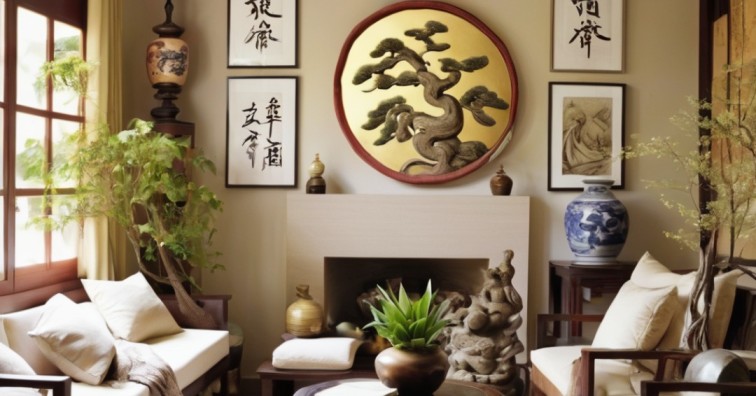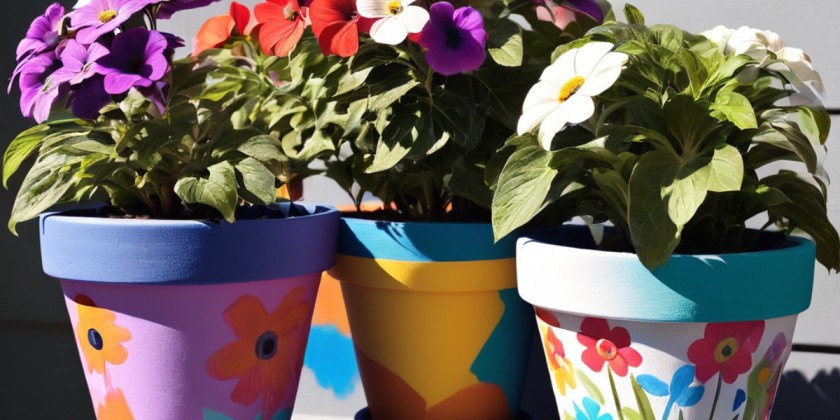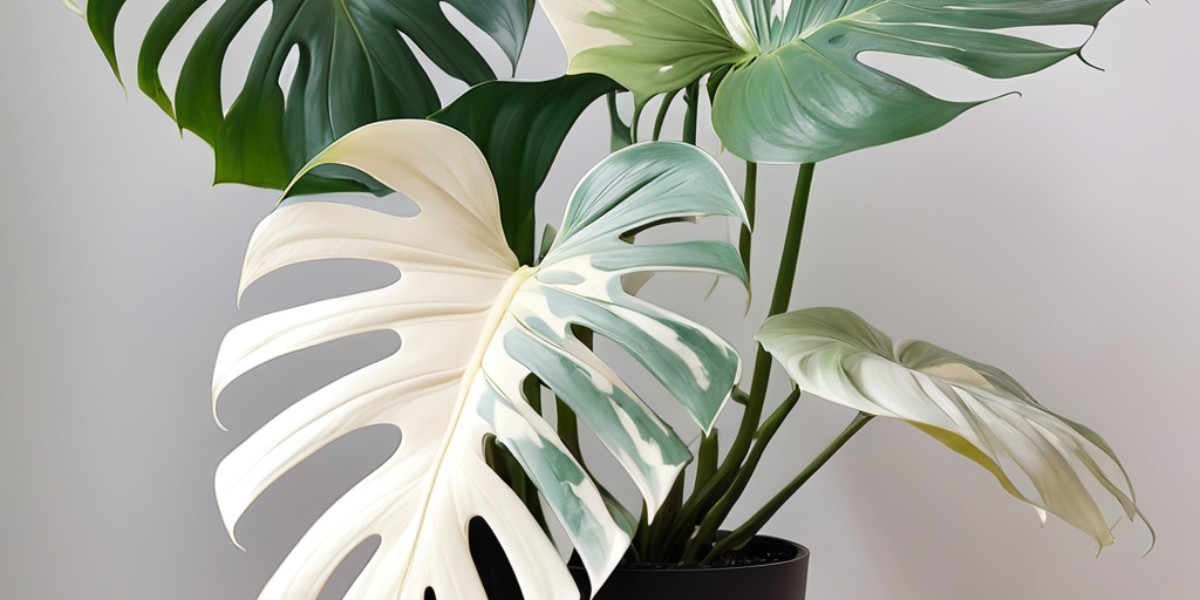The majestic palm, scientifically comprehended as Ravenea rivularis, is a tropical tree native to the lush topography of Madagascar. In its natural habitat, this magnificent palm can reach towering heights of up to 100 feet, constructing a striking presence in the terrain. However, due to growing anomalies in the wild, it has discovered a new home as a widespread indoor plant.
When produced as an indoor tree, the majestic palm generally stays more unassuming in size, attaining heights of 10 to 12 feet. Its unusual impression is characterized by feathery fronds that emerge in an upright manner from the trunk, eventually arching at their tips to create a lush, regal crown.
One mesmerising feature of this palm is its dioecious nature, meaning that separate plants are distinctly either male or female. Only the female specimens bear fruit, and for thriving fruiting, a male counterpart of the same species must be close to facilitate pollination.
The majestic palm thrives in states of partial shade to shade. Attention must be paid to its detailed requirements for sunlight, humidity, watering, and soil composition to guarantee health and vitality. These reflections are crucial when growing this elegant and exotic plant in indoor surroundings.
Types of Majesty Palm
Ravenea rivularis, generally known as the majesty palm, lacks named cultivars, and this carries for the entire Ravenea genus, which incorporates approximately 20 species. Sadly, all of these species are critically endangered. Among them, R. rivularis is the sole species widely cultivated for green and houseplant purposes. Its lush and elegant appearance has made it a favoured choice for indoor cultivation, despite the dangerous status of its wild relatives. It highlights the importance of preservation efforts to protect the limited genetic diversity within the Ravenea genus and highlights the significance of reliable cultivation practices for this iconic palm species.
Propagating Majesty Palm
Majesty palms, typically reproduced only from seeds due to limited commercial seed production, pose a challenge for home growers. Stem cuttings are not a feasible option for propagation. However, separating the offshoots or “pups” from the mother palm, presents a practical alternative. This technique is carried out during repotting to reduce the stress on the plant. The procedure involves gently removing the palm from its pot and isolating the pups from the root ball, and either unravelling the roots with your fingers or using a knife if necessary. These separated offshoots are then positioned in pots with well-draining soil, watered until excess moisture drains, and a well-lit area resembling the essentials of the mother plant. Fertilization can be initiated approximately a month after the division process.

Majesty Palm Care
To ensure the growth of your majestic palm, provide enough light and avoid direct sunlight. These plants thrive in understory conditions indoors but should be moved to a brighter spot for a few weeks. They prefer a low pH level, around 5.0, and a standard potting mix with added peat is ideal. Good drainage is crucial to control waterlogged roots. When watering, maintain even moisture without overly drying the soil.
Majesty palms thrive in temperatures between 65 to 85 degrees Fahrenheit, but can adjust to normal household humidity levels. In dry winter air, using a humidifier and day-to-day misting can improve their well-being. Fertilize with diluted liquid fertilizer once or twice during the growing season, and use a cactus-specific mix if the plant starts to lengthen. Epsom salts can supply essential magnesium and prevent leaf yellowing. Supplementary iron can be used to prevent further yellowing and leaf loss.
Repotting is necessary on an annual basis, but every other year is often sufficient due to slow growth. Care should be taken to avoid damaging the root ball. Use a spacious and weighty receptacle to prevent top-heavy plants from toppling over. Clay or ceramic pots are preferred for stability.
An ideal growing medium is an ordinary potting mix enriched with extra peat moss. In cold winters, transfer the palm between outdoor and indoor environments. Securing the palm indoors before freezing temperatures reach is essential to protect it from cold damage.
During winter, a slightly cooler temperature range of 55 to 65 degrees Fahrenheit is preferred for the majestic palm. Pruning duties during winter are typically limited to removing brown or yellow fronds, ensuring the plant’s overall well-being.
Common Problems
Yellowing leaves on majestic palms can be due to various aspects, including insufficient light, poor or excessive watering, low humidity levels, or a lack in essential nutrients, which may demand gentle fertilization.
Brown leaves can signify different issues: Crispy brown leaves indicate overexposure to sunlight, demanding relocation to a shadier spot to deter leaf burn. Brown tips may signal inadequate watering, while the growth of brown spots is signifying insect-related problems.
Also Read:10 Types of Palm Plants to Grow Indoors
FAQ’s
- How often should I water my Majesty Palm?
Majesty palms favour consistently moist soil. Water them when the top of soil feels dry, but avoid overwatering, which can direct to root rot.
- Can I propagate Majesty Palms from cuttings?
No, Majesty Palms are generally propagated through division, separating offshoots or “pups” from the mom plant during repotting.
- What type of soil should I use for my Majesty Palm?
A classic potting mix with added peat moss functions well as a growing medium. The soil should have good drainage.
4. Can Majesty Palms be grown outdoors in a non-tropical climate?
Majesty Palms are tropical plants and flourish indoors in non-tropical climates. They can be shifted outdoors during warm months but must be brought indoors before freezing temperatures.











